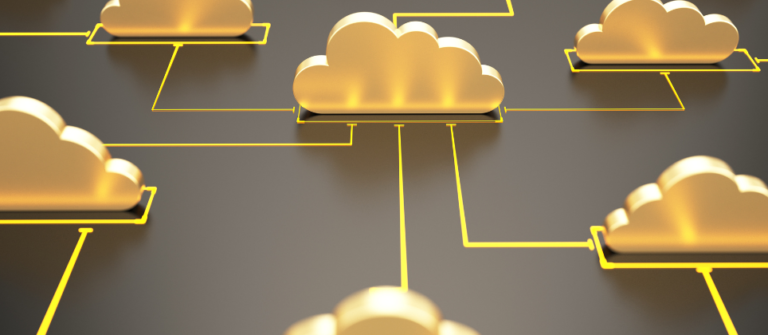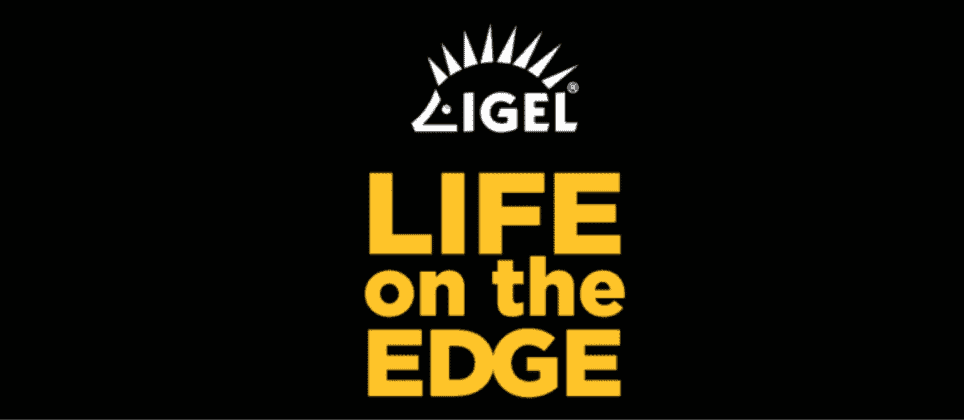IGEL Blog

Updating the Journey to Modern Desktop Delivery
The Covid-19 pandemic has changed so many aspects of our lives, it’s challenging to even begin a list of things it affected. Our personal lives were turned upside down and we did things in our professional lives we never thought we’d ever have to do. It has significantly changed the way we face the world, and some things may never get back to the way they were before. Now, more than two years after the initial lockdowns, many are left to ask themselves, “What’s next for modern desktop delivery?”
From a workforce standpoint, the pandemic forced many companies to quickly transition workers to a “work from home” (WFH) model and it was tough getting it going initially. The immediate pandemic response was, “Just make it work, and now!” Short-sighted pragmatism, supply shortages, and the need to act fast often took precedence over cost savings implications and planning for the future.
Although there is considerable technical debt to deal with, we should avoid any instinct to just go back to the former way of doing things. In a recent industry survey, 75 percent of respondents agreed that, as we move forward, it doesn’t make sense to just perpetuate old ways of desktop management, control, and operation. User needs and expectations have changed dramatically, and there are now new and smarter ways to deliver desktop services. Clearly, it is time to rethink desktop delivery and build a new foundation for the future.
The initial wave of pandemic activity created an ongoing ripple effect where desktops are more efficiently and productively delivered via the cloud. Modern desktop management and control approaches and techniques that were bleeding-edge a few years ago – such as app virtualization, VDI, and application streaming – are now mainstream and available almost off the shelf. This modern approach to desktop delivery is reducing dependency on the heavy, costly, and cumbersome “fat client” computing model and has many advantages, including the following:
- Greater agility for the business long term. Desktop delivery in the cloud enables business agility by reducing complexity. This is achieved by simplifying internal operation and enabling greater automation. It also simplifies the management of IT resources in the long term.
- Lower costs and overhead. Desktop delivery in the cloud provides natural economies of scale, allowing businesses to pay only for what they need. This reduces costs by optimizing both software licenses and hardware or storage purchases both on-premises or within the cloud.
- Defense against ongoing supplier shortages. The supply chain and supplier shortages in the IT industry were heavily impacted by the Covid-19 pandemic. Desktop delivery in the cloud gives organizations the ability to defend against these issues.
- Simple to support and manage. In a desktop delivery in the cloud model, the provider manages the back-end responsibilities of data storage, backup, security, and upgrades, freeing up the organization to focus on other pressing issues.
- Long-term viability. The reduced costs, strengthened security, and increased productivity offered by desktop delivery in the cloud sets an organization up for long-term success.
In the journey toward a modern desktop delivery model, organizations can benefit from the flexibility desktop delivery in the cloud has to offer – 81 percent of respondents from the previously mentioned survey identified flexibility as “critical” to their organizations. They could supply all users with the same services and resources, but that’s unlikely to be the most efficient, easily managed, or secure solution. The former “one size fits all” approach to desktop deployment is largely responsible for the mess that many IT departments continue to find themselves in.
The truth is that there are many other solutions available now and an organization would be well suited to explore all the options. There’s no one technology that’s ideal for everyone and the many options available are not mutually exclusive. Organizations can pick and blend preferred technologies and tactics to build a complete solution based on the needs and expectations of their end-user communities, which have changed significantly since the beginning of the Covid-19 pandemic. It’s time to rethink how organizations deliver the desktop digital workspaces that they now depend on. This will in turn impact the network and security infrastructure. For instance, WFH means that when and where users work has changed, as has how they connect, and the combination of devices and applications that they use.
The short-term success of the switch to WFH came with longer-term costs. Fortunately, it also confirmed that IT departments which have adopted modern desktop delivery models and platforms are more likely to see better outcomes in areas such as user satisfaction, cost of ownership, manageability, and security. The modern desktop delivery model is specifically designed to quickly and flexibly accommodate change, but it also has the potential to ease crucial tasks such as those around desktop deployment, management, and support, and in particular when it comes to patching and updating endpoint devices across a widely dispersed enterprise.
In the end, the opportunity now is not to simply settle into a new stability, but to turn the disruption caused by the pandemic into transformation. Organizations need to look for ways to continually simplify desktop management and cut delivery costs via endpoint unification and consistency. They also need to explore the different ways of delivering digital workspaces to users, and how they can be combined to best support differing user needs. Above all, like so many things in IT, organizations must realize that modern desktop delivery is a continual journey, and not a destination.
This article was written by Dan O’Farrell, Sr. Director of Product Marketing for IGEL, and first published in Remote Work Solutions.


